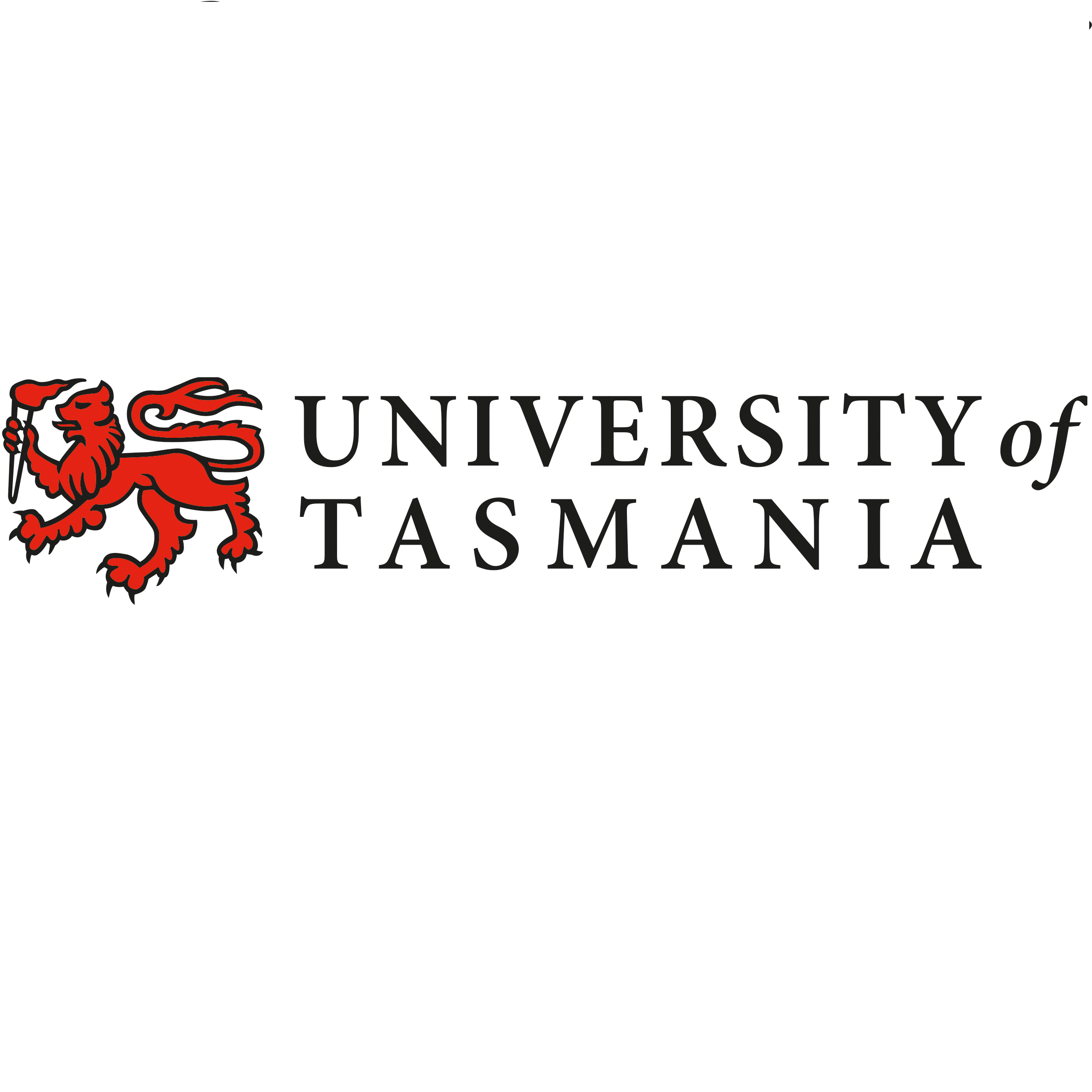Full description
Understanding the patterns and characteristics of sedimentary deposits on the conjugate Australian-Antarctic margins is critical to reveal the Cretaceous-Cenozoic tectonic, oceanographic and climatic conditions in the basin. However, unravelling its evolution has remained difficult due to the different seismic stratigraphic interpretations on each margin and sparse drill sites. Here, for the first time, we collate all available seismic reflection profiles on both margins and use newly available offshore drilling data, to develop a consistent seismic stratigraphic framework across the Australian-Antarctic basins. We find sedimentation patterns similar in structure and thickness, prior to the onset of Antarctic glaciation, enabling the basin-wide correlation of four major sedimentary units and their depositional history.We interpret that during the warm and humid Late Cretaceous (~83-65 Ma), large onshore river systems on both Australia and Antarctica resulted in deltaic sediment deposition offshore. We interpret that the onset of clockwise bottom currents during the Early Paleogene (~58-48 Ma) formed prominent sediment drift deposits along both continental rises. We suggest that these currents strengthened and progressed farther east through the Eocene. Coevally, global cooling (<48 Ma) and progressive aridification led to a large-scale decrease in sediment input from both continents. Two major Eocene hiatuses recovered by the IODP site U1356A at the Antarctic continental slope likely formed during this pre-glacial phase of low sedimentation and strong bottom currents. Our results can be used to constrain future paleo-oceanographic modelling of this region and aid understanding of the oceanographic changes accompanying the transition from a greenhouse to icehouse world.
Lineage
Maintenance and Update Frequency: asNeededData time period: 2019-05-01
text: westlimit=81.785; southlimit=-73.17916; eastlimit=172.84; northlimit=-18.50245
text: uplimit=20000; downlimit=0
User Contributed Tags
Login to tag this record with meaningful keywords to make it easier to discover
(DATA ACCESS - seismo-stratigraphic interpretation grids for Horizon U1, U2 and U3 [zipped])
uri :
https://data.imas.utas.edu.au/attachments/d0d3b7a0-9ab4-4246-894e-3eb0993b6751/Sauermilch_data.zip![]()
- DOI : 10.25959/5BA2CAE0EB62A

- global : d0d3b7a0-9ab4-4246-894e-3eb0993b6751


